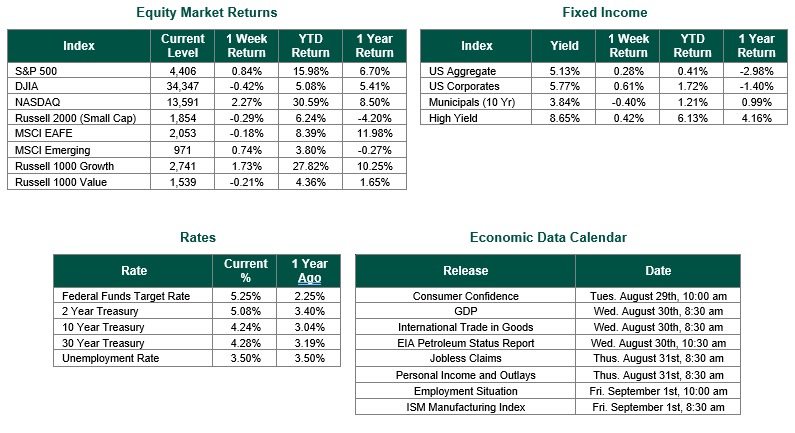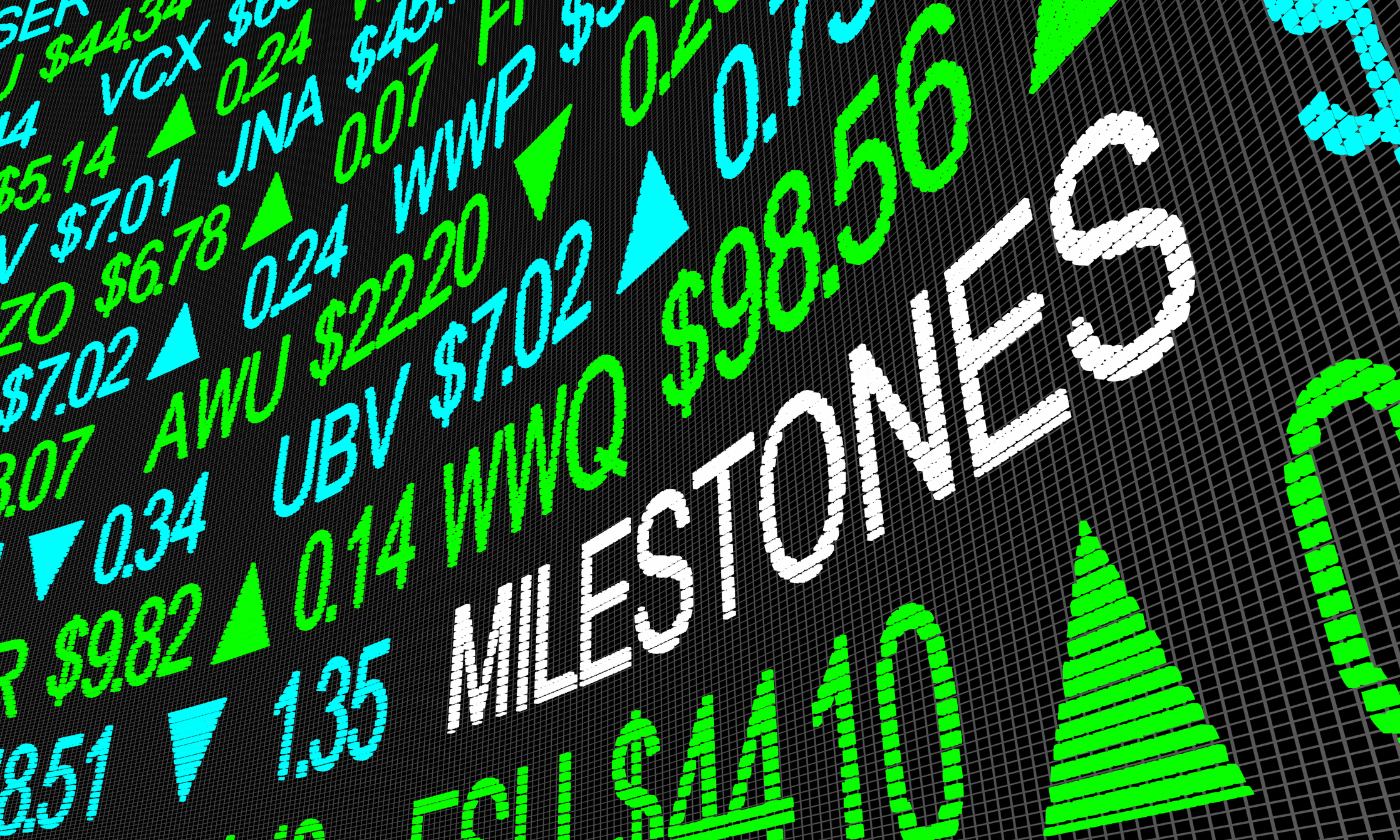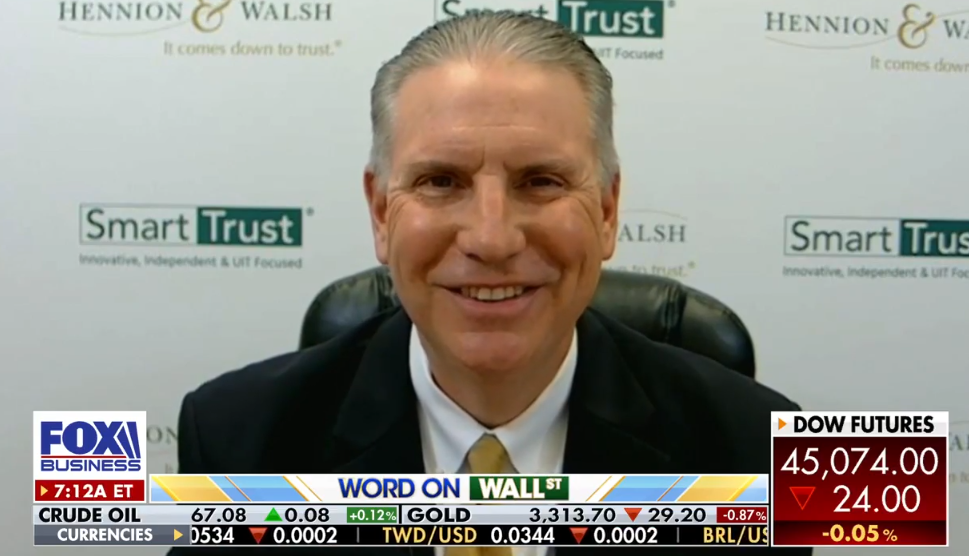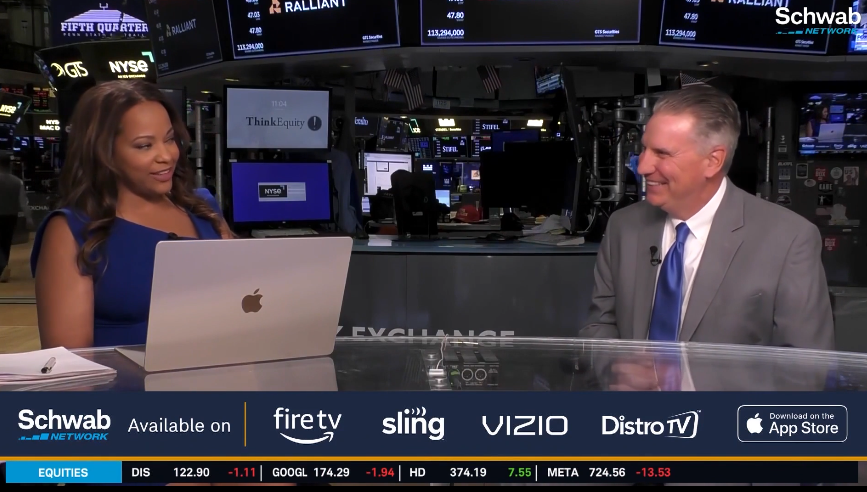
Last Week’s Markets in Review: 2023 Year in Review

Global equity markets finished higher for the final week of 2023. In the U.S., the S&P 500 Index closed the week at a level of 4,770, representing an increase of 0.51%, while the Russell Midcap Index moved 0.36% last week. Meanwhile, the Russell 2000 Index, a measure of the Nation’s smallest publicly traded firms, returned 0.58% over the week. As developed international equity performance and emerging markets were also higher, returning 1.49% and 3.17%, respectively. Finally, the 10-year U.S. Treasury yield moved lower, closing the week at 3.88%.
Heading into 2023 the vast majority of analysts and economists had predicted doom and gloom for markets with the expectation that there would be an inevitable economic recession on the horizon. After the Federal Reserve aggressively raised interest rates in 2022, and was expected to continue raising rates in 2023, there appeared to be no end in sight to their efforts to help bring down persistent levels of high inflation. Greater headwinds were created when the balance sheets of regional banks became scrutinized after a select group within this sector had significant asset write-offs, deteriorating the financial strength and deposit coverage of these banks. Globally, the war between Russia and Ukraine was entering its second year with little expectations for a resolution, inflation continued to be an issue for central banks, economic growth was slowing, and the record strength of the dollar was a deterant for trade.
Despite these issues, amongst others, markets drove on and the economy showed astounding resilience through consumer spending and record-low unemployment. For the first time in decades the belief that “there is no alternative” to stocks was now out the window as investors were able to capture significant yields across fixed-income instruments, including money markets, in 2023. Certain areas of the stock market soared higher on the heels of artificial intelligence (AI) creating a new world of investment opportunities, after companies like Nvidia (Ticker: NVDA), demonstrated robust earnings with outlandish forecasts, which were met with ease over multiple earnings periods throughout the year.
By the 4th quarter of 2023, the market dynamic began to shift. Global markets experienced a double-digit positive performance, although much of the returns were attributed t0 mega-cap companies, in particular the “Magnificent 7” stocks of Apple, Amazon, Alphabet, Nvidia, Meta, Microsoft, and Tesla. The bond market had taken a tumble with the upward adjustment to yields across the curve. However, for the first time in over a year, there was a growing belief that the U.S. economy would avoid a recession with the Fed, perhaps, creating a relatively soft landing with its policies. With inflation coming down, Fed Chair Jerome Powell suggested that we were at the end of this rate hiking cycle. Without mentioning rate cuts, the Fed Dot Plots now suggested multiple cuts in 2024 and beyond. The bond market would start its recovery following this commentary, and areas of the market that had not run up yet in 2023, such as small-cap equities, started to see investor interest and prices of major indices soared in the final months of the year. To this end, the “Magnificent 7” stocks, which accounted for approximately 100% of the total return of the S&P 500 Index through the end of October, only contributed to “only” 60.2% of the Index’s return by the close of 2023.
What a year it was, especially in comparison to what a year it could have been. As we enter 2024, we believe that there is a high likelihood for an expansion of the rally by the end of the year, though headwinds still exist. Geopolitical tensions are still present, inflation has still not reached the Fed’s target levels, key political elections are forthcoming, and many other seen and unforeseen factors will influence what is to come. However, if 2023 taught us anything, it is that what we know today is not the same as what we will know at the end of the period. Forecasts are at the end of the day, forecasts, and no one has a crystal ball. For these reasons, we believe that working with financial professionals to ensure that your portfolio is invested properly in accordance with your objectives, risk tolerance, and investment horizon are of the utmost importance. Having a sound long-term strategic allocation, paired with tactical management will provide the greatest opportunities for success.
As such, we wish our readers a prosperous, healthy, and enjoyable 2024!
Equity Market, Fixed Income returns, and rates are from Bloomberg as of 12/29/23. Economic Calendar Data from Econoday as of 12/29/23. International developed markets are measured by the MSCI EAFE Index, emerging markets are measured by the MSCI EM Index, and U.S. Large Caps are defined by the S&P 500 Index. Sector performance is measured using the GICS methodology.
Disclosures: Past performance does not guarantee future results. We have taken this information from sources that we believe to be reliable and accurate. Hennion and Walsh cannot guarantee the accuracy of said information and cannot be held liable. You cannot invest directly in an index. Diversification can help mitigate the risk and volatility in your portfolio but does not ensure a profit or guarantee against a loss.



